Last week I discussed the 4 mechanical stressors behind almost everyone’s back pain (see article here). Today I want to discuss how we manipulate them to avoid back pain, and if we end up with back pain, how to manage it and make it go away as fast as humanly possible. With a deeper understanding of the cornerstones and how to manage them, you will be in control of your back health for the rest of your life. By using these principles myself, I have recovered from two separate herniated discs (2013 and 2016) and still gone on to achieve my personal powerlifting goals.
Viewing entries tagged
mechanical stressors
Back pain is the most common orthopedic problem in the USA. It has also been illustrated that radiographic findings (MRI/x-ray/CT scan) do not correlate to an individual's symptoms. This means that someone with a significant disc herniation identified by MRI may have no symptoms or very mild symptoms versus someone with a mild disc bulge might have burning pain down their leg, nerve weakness, and reflex changes. Why is that? Why do some people have symptoms extremely worse than others when on imaging it is the other way around? The answer has to do with 4 principles and their interplay: Load, Position, Nerve Tension, and Static Posture.



